Summary of intellectual property issues frequently encountered by cross-border e
20-10-26
Summary of intellectual property issues frequently encountered by cross-border e-commerce
1. Trademark rights
Trademark, it is a unique combination of text and pictures, representing the brand and its products. Sellers need to understand basic US trademark laws to protect their trademarks while also avoiding infringement of other sellers’ intellectual property rights. For example, businesses cannot copy or use trademarks of other companies to print on their own products, just as they cannot print Nike’s check mark on their own T-shirts, because this obviously violates Nike’s intellectual property rights.
(1) Registered trademark
Before registering a trademark, it’s best to search on the USPTO website https://www.uspto.gov/, or ask a professional international trademark agency for assistance to confirm that the expected registered trademark is in the expected use Whether there is a trademark similar to the registered or applied for registration in the commodity category to ensure that the expected registered trademark can be applied for normally. After confirming that the expected registered trademark can be applied for normally, proceed with the design of the trademark words or drawings, and finally implement the trademark registration application (Once the trademark right is approved in the United States, the seller may also consider submitting an application to the World Intellectual Property Organization (WIPO) ). For example, we can search for Nike's trademark registration status: open the website of the United States Patent and Trademark Office (USPTO), click trademarks on the right, and select Tess in the drop-down box to enter the Select interface;
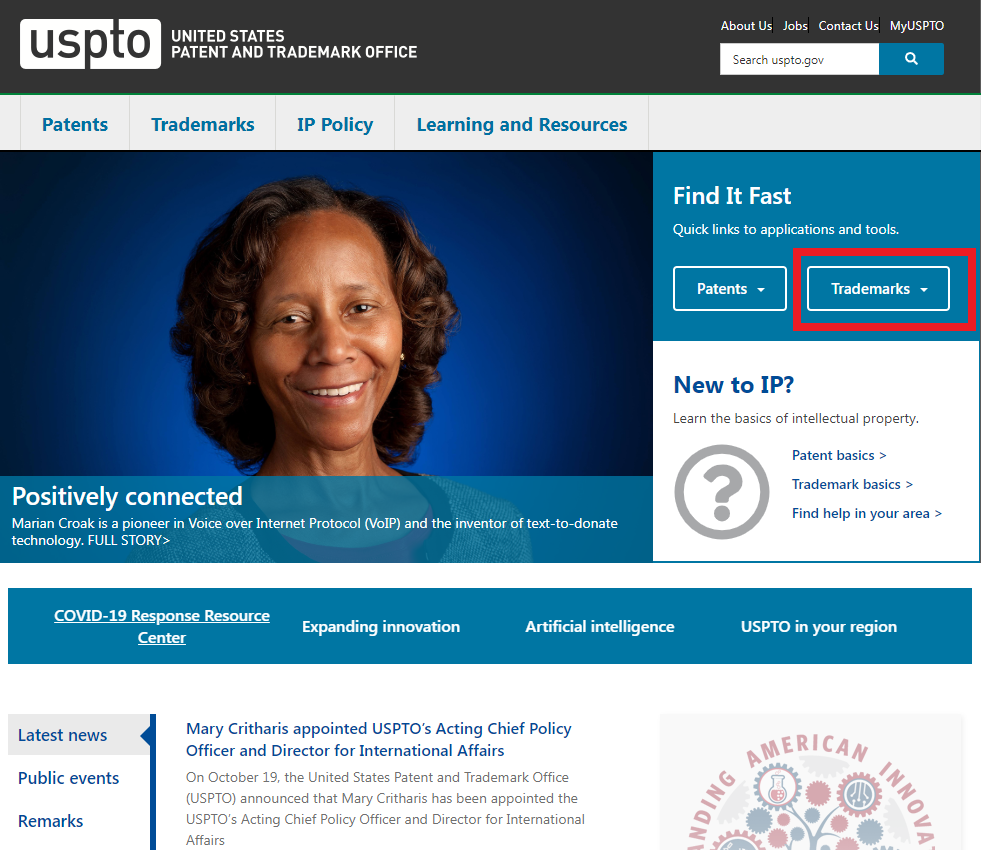
Select Basic Word and click to enter the search input interface;

Enter Nike and click submit Query at the bottom left to jump to the search results interface for 168 records.
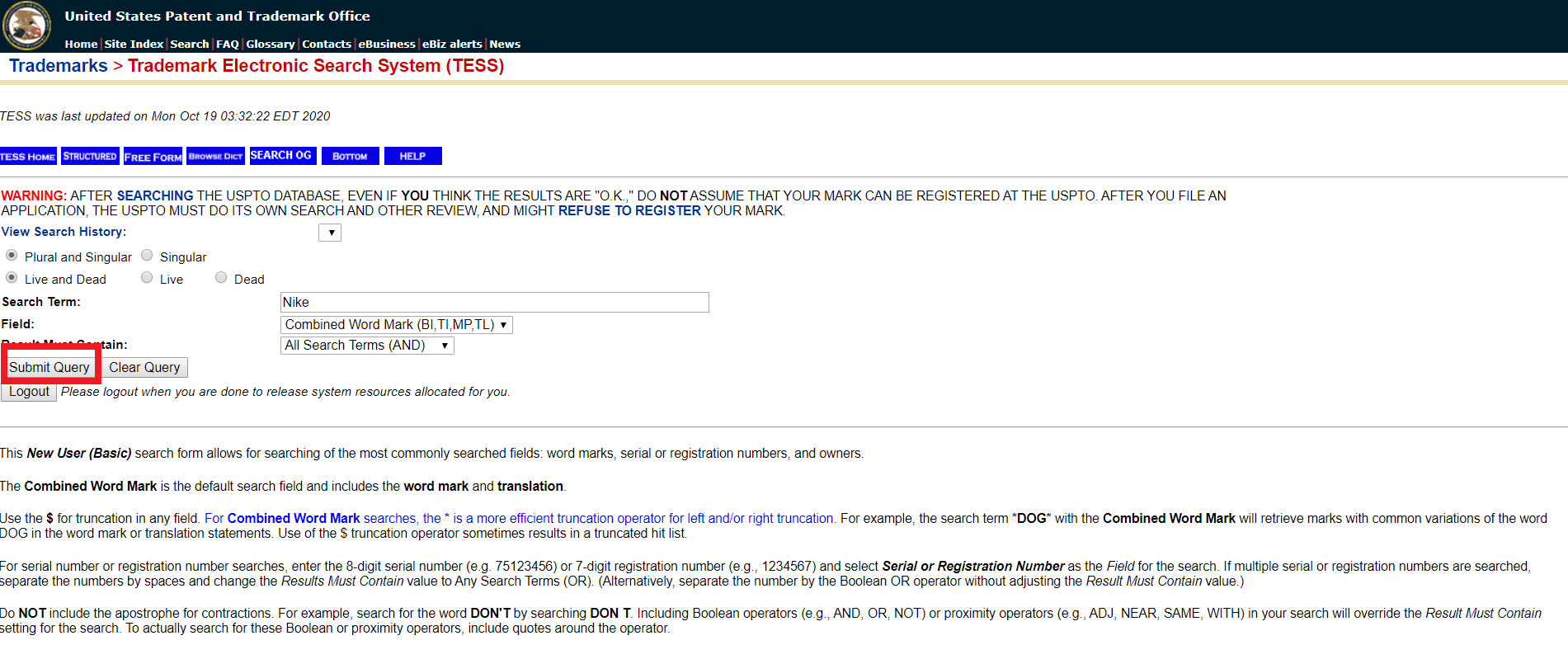
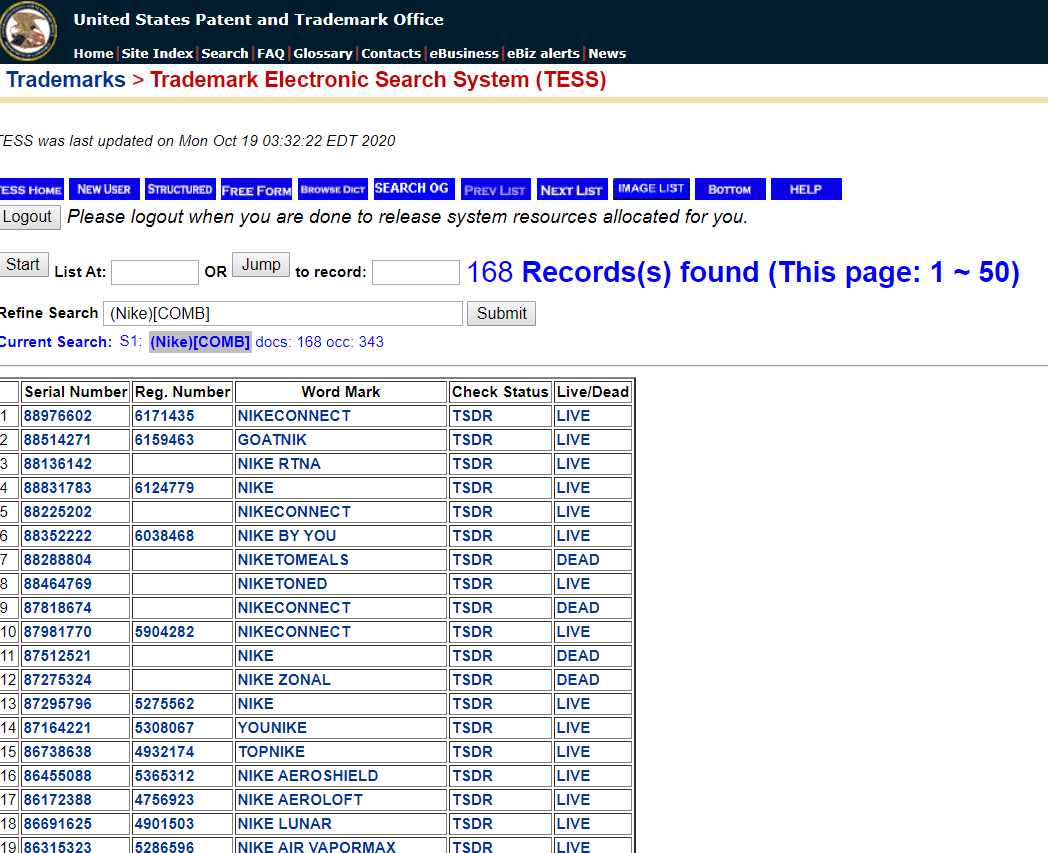
(2) Procurement from brand distributor channels In the United States, sellers enjoy the rights protection of the First Sale Doctrine. This decree stipulates that as long as the product is not "substantially different" from the product sold by authorized sellers, no brand license is required to sell. For example, if a seller purchases a Starbucks mug from a distributor, as long as it does not make any changes to the product, it cannot constitute infringement. The seller must ensure the authenticity of the inventory before ordering a large amount of inventory, and does not infringe the third-party seller’s trademark or intellectual property rights. When the seller receives an infringement complaint from Amazon, it must provide invoices for inventory purchases in a timely manner.
1. Content copyright Sellers need to pay attention to the two main events of US copyright law: pictures and text. Essentially, this means that sellers cannot use other people's pictures or copy text at will. If the seller is creating their own listing on Amazon or other platforms, they cannot use unpurchased or unauthorized image resources. Many sellers mistakenly used the original product image when creating a listing. Because even for public use, unauthorized use of image resources of other brands constitutes infringement. Even if other brand image resources are modified and used, they still constitute copyright infringement. So don't use third-party pictures without consent. Copyright law also applies to the copywriting of product packaging. Many egg boiler products use Egglettes, but Egglettes is not a generic term for products, but a brand name (see Egglettes category 21 Cookware, namely non-stick pods used for hard boiling eggs; Cookware used in boiling water, namely egg shell The trademark registration record of shaped non-stick pods used for cooking eggs, the current status of the trademark is live valid), even if the listing has its own trademark, if egglettes are used, trademark infringement will still occur. After the popularity of the Egglettes product, consumers acquiesced that the egg cooker was egglettes. Many sellers would use this word in their listings in order to keep up with the popularity of keywords. If there is no brand authorization, sellers should use other keywords instead, such as Egg boiler mold, eggies cup, silicone egg cooker, egg cooker, boilerd egg maker, etc.

3. Product patents There are two types of local patents in the United States: invention and appearance. To identify whether a product has a patent, we can:

3. Product patents There are two types of local patents in the United States: invention and appearance. To identify whether a product has a patent, we can:
(1) Confirm the patentee information according to the brand and trademark information, and confirm the patent by searching the patentee on the website of the United States Patent and Trademark Office (USPTO) https://www.uspto.gov/ or other patent information retrieval systems Whether the right holder owns the patent right of a certain product and a certain type of patent right;
(2) According to the product itself and the characteristics of the product, use keywords to search on the website of the United States Patent and Trademark Office (USPTO) https://www.uspto.gov/ or some other patent information retrieval systems;
(3) You can also consult with suppliers, patent agencies, and experienced sellers. Once a patent problem is discovered, the sale should be stopped immediately, otherwise infringement will occur. For example, we currently want to search for patents owned under the Egglettes brand: open the website of the United States Patent and Trademark Office (USPTO), click on patents on the right, and select PatFT in the drop-down box to enter the Select interface;
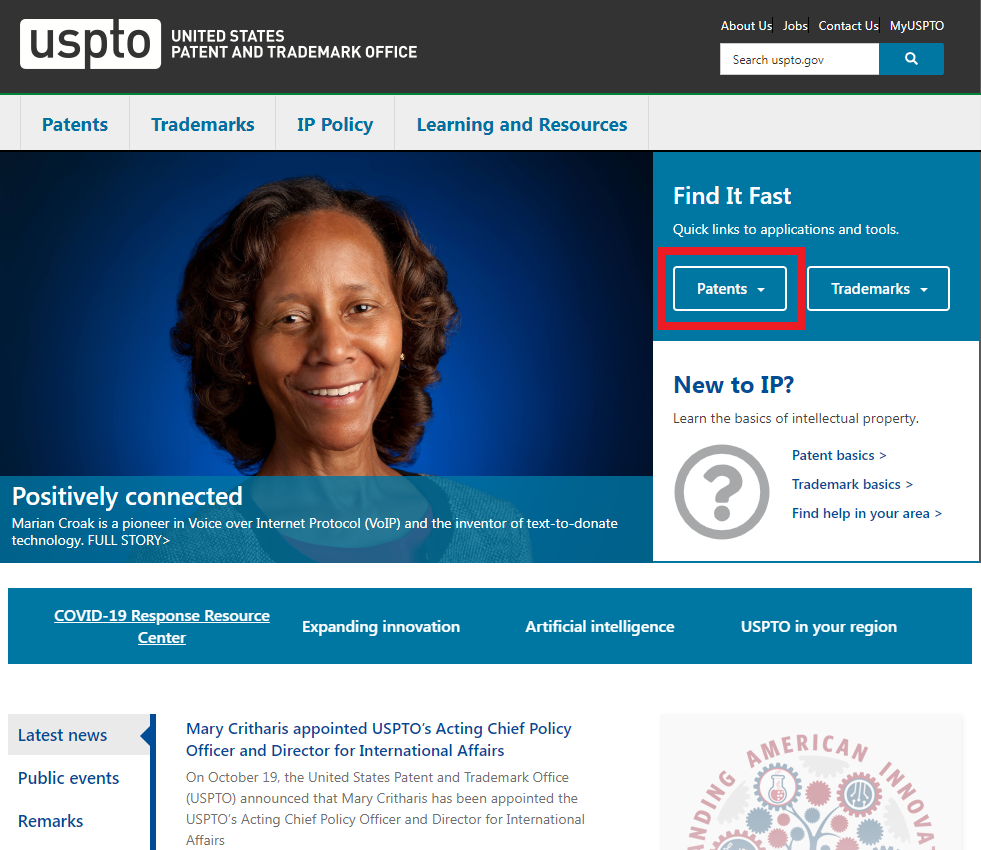
When searching for the Egglettes brand trademark status, searched on the US Patent and Trademark Office website that the trademark registrant of the brand is "Ideavillage Products Corp.", so enter Ideallage Products Corp. into Term 1, click Search to jump out The search results 69 patent announcements or authorizations.

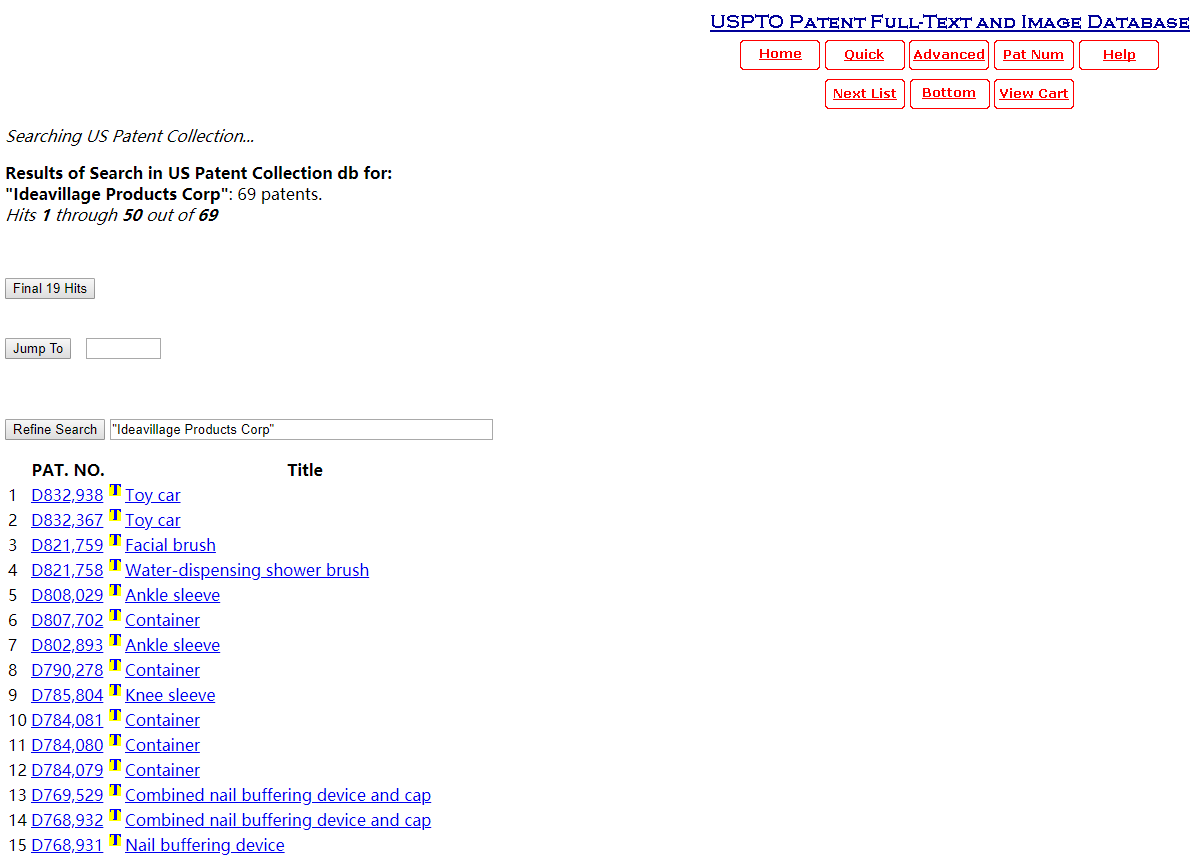

When searching for the Egglettes brand trademark status, searched on the US Patent and Trademark Office website that the trademark registrant of the brand is "Ideavillage Products Corp.", so enter Ideallage Products Corp. into Term 1, click Search to jump out The search results 69 patent announcements or authorizations.

